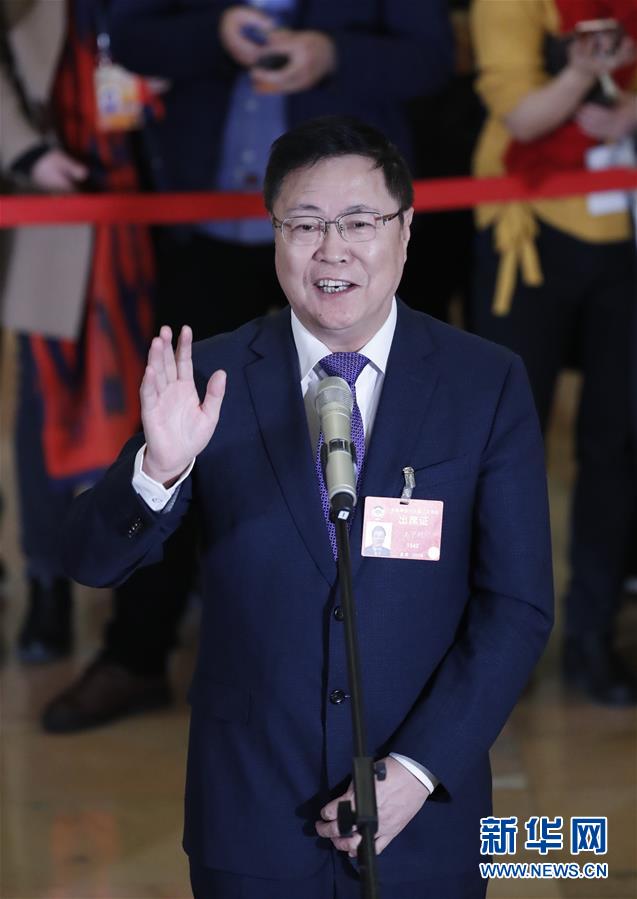Nation working toward reducing myopia by 2030
 0 Comment(s)
0 Comment(s) Print
Print E-mail China Daily, March 12, 2019
E-mail China Daily, March 12, 2019
The increasing prevalence of nearsightedness, or myopia, among students in China has been a public health concern in recent years and has now come to discussion at one of China's most important meetings, at which national political advisers have called for intensified efforts to remedy the situation.

There is some indication that vision issues, especially among the young, will be alleviated down the road.
"Rates of myopia among young people in some areas are drastically high, and the ages of people who first develop myopia keep falling," said Wang Ningli, a member of the 13th National Committee of the Chinese People's Political Consultative Conference, at the annual session of the CPPCC on March 3 in Beijing.
"Doctors and technologies alone cannot control and prevent myopia. A national strategy and joint efforts from all of society are key," said Wang, who is also director of the Ophthalmic Center at Beijing Tongren Hospital.
Myopia is particularly common among Chinese students, he said. In many medical colleges, about 90 percent of students wear eyeglasses, he said. And the number of people with severe nearsightedness is increasing, which should be dealt with properly, as such conditions can result in blindness, he said.
Feng Danli, another CPPCC National Committee member and the chairwoman of Beijing Radiant Children's Eye Hospital, said more than 80 percent of college students in China wear glasses, and in recent years more kindergarten students have also developed myopia.
In recent years, screening provided for more than 62,000 children in Beijing found that about 23 percent of those between the ages 4 and 6 did not have 20/20 vision, she said.
The declining eyesight among minors has many causes, including overuse of electronic devices, heavy academic workloads and poor dietary practices, she said.
"Myopia not only affects the healthy growth of children, but also has a significant impact on national economic development," she said. "In recent years, recruitment campaigns in some industries with higher vision requirements, such as aviation, have encountered increasing difficulty in finding enough qualified people due to the prevalence of myopia," she said.
"In addition to reducing homework loads for students and building vision-friendly classrooms, special laws or regulations should be made to ensure children and teenagers can have adequate rest for their eyes," Feng said.
Feng also suggested establishing vision records for students, and that primary and middle schools and kindergartens conduct at least one vision checkup for students a year to give timely treatment to those with eyesight problems.
He Wei, also a member of the CPPCC National Committee, said more attention should be given to children under age 6 to prevent and control myopia, as the first few years after birth are crucial for the development of vision.
Children in rural and especially impoverished areas are less likely to get proper treatment for myopia, and greater efforts should be made to improve equipment and treatment in vision departments at local hospitals and clinics, said He.
Wang, from Beijing Tongren Hospital, said the joint efforts of various parties, including health and education authorities, are crucial in preventing and controlling myopia among students.
Parents should pay more attention to children's eyesight and encourage them to take part in sufficient outdoor physical activities after school, he said.
The myopia rate among young people in China is expected to noticeably decline by 2030, with the percentage of myopic middle school students falling to below 60 percent, under a plan jointly released by eight ministries and central government departments last year.
According to a report released by the Ministry of Education last year, myopia has become a prominent problem for Chinese students, with the rate of myopic eighth-graders standing at more than 65 percent.






Go to Forum >>0 Comment(s)